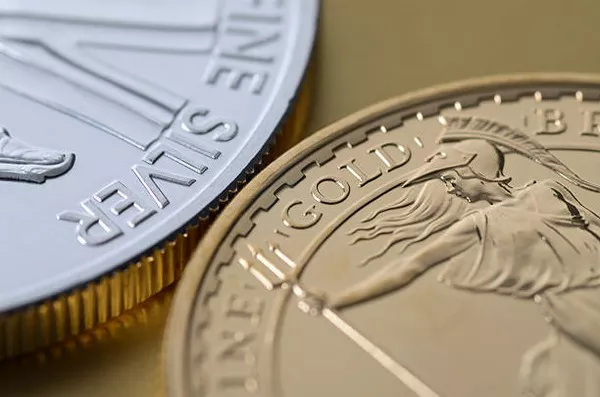What Factors Drive Silver Prices?
Understanding the future trajectory of silver prices requires a deep dive into the factors influencing this precious metal’s market dynamics. Silver, often considered a bellwether for economic health and industrial demand, is subject to multiple drivers. Firstly, the global macroeconomic environment plays a crucial role. Economic growth, inflation rates, and interest rates directly impact silver prices. In times of economic expansion, silver demand tends to rise due to increased industrial usage and investor interest. Conversely, during economic downturns, demand can soften, affecting prices. Secondly, currency fluctuations, particularly the strength or weakness of the U.S. dollar, significantly influence silver pricing. A stronger dollar generally leads to lower silver prices as it becomes more expensive for holders of other currencies.
Moreover, silver’s dual role as both a precious metal and an industrial commodity adds complexity. On one hand, it is sought after for its safe-haven status during times of geopolitical instability or financial turbulence, mirroring gold’s behavior to a certain extent. On the other hand, silver is an essential component in various industrial applications, including electronics, solar panels, and medical instruments. Hence, shifts in industrial production and technological advancements can significantly impact demand and subsequently, prices. Additionally, market sentiment and speculative activity also play pivotal roles in short-term price movements, often amplifying trends driven by fundamental factors.
How is Silver’s Supply-Demand Balance Shaping Up?
Analyzing the future outlook for silver prices necessitates an examination of its supply-demand fundamentals. The silver market is unique due to its dual nature—partly driven by investment demand and partly by industrial consumption. On the supply side, primary sources of silver include mining production and recycling. Mine production, particularly from major silver-producing countries like Mexico, Peru, and China, is a critical determinant of supply levels. Any disruptions or advancements in mining technologies can impact the amount of silver brought to market. Moreover, the recycling of silver from end-use products contributes to the overall supply, influenced by price levels and technological feasibility.
From a demand perspective, the industrial sector is a key driver. Silver’s use in electronics, especially in the rapidly growing renewable energy sector (such as solar panels), holds significant potential for demand growth. The ongoing global push towards green technologies and the electrification of industries bodes well for silver demand. Additionally, the investment demand for silver, both in physical form and through financial instruments like ETFs (Exchange-Traded Funds), remains robust. The retail and institutional appetite for precious metals, particularly amidst inflationary concerns or financial market volatility, adds a layer of support to silver prices.
What are the Geopolitical and Macro-Economic Influences?
Looking ahead, geopolitical tensions and macroeconomic policies will continue to be instrumental in shaping the future path of silver prices. Geopolitical events such as trade disputes, sanctions, or geopolitical unrest can drive investors towards safe-haven assets like silver. The evolving relationship between major economies, particularly the U.S.-China dynamics and their impact on global trade flows and currency valuations, will be closely monitored. Moreover, central bank policies, especially those related to interest rates and inflation targets, have profound implications for silver prices. A prolonged period of accommodative monetary policies or unexpected shifts in central bank strategies can sway investor sentiment towards or away from silver.
Furthermore, the transition towards sustainable and clean energy technologies is expected to underpin long-term silver demand. Silver’s critical role in solar energy applications, coupled with governments’ focus on reducing carbon footprints, positions it favorably for sustained demand growth. Policies supporting renewable energy adoption and infrastructure development will likely bolster silver’s industrial demand. Additionally, growing awareness of silver’s antimicrobial properties in medical settings could further diversify its demand base, contributing to price stability and growth prospects.
See Also The Weight of Silver: How Many Grams in 1 Ounce?
Conclusion
In conclusion, the future outlook for silver prices is intricately tied to a multitude of factors spanning macroeconomics, industrial demand, investor sentiment, and geopolitical developments. While short-term fluctuations may be influenced by market sentiment and speculative activities, the long-term trajectory is expected to be shaped by fundamental supply-demand dynamics. The increasing prominence of silver in green technologies, coupled with its enduring appeal as a store of value, sets a promising stage for silver’s role in the evolving global economy. However, risks remain, particularly related to macroeconomic uncertainties and geopolitical tensions, which can introduce volatility into silver markets. Nonetheless, silver’s versatile properties and diverse applications position it as a vital component of both industrial progress and investment portfolios in the years to come.


